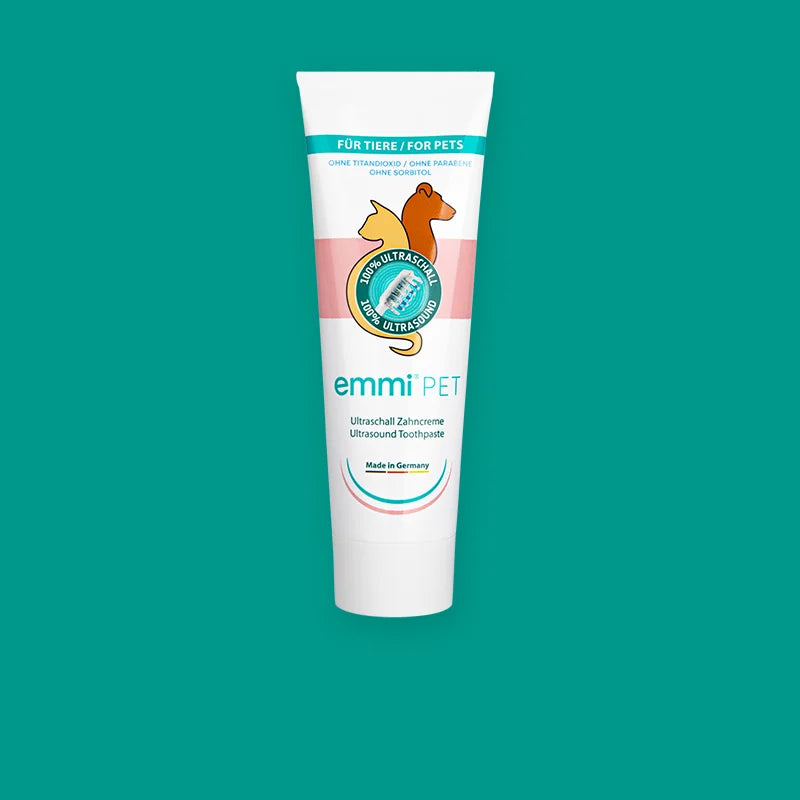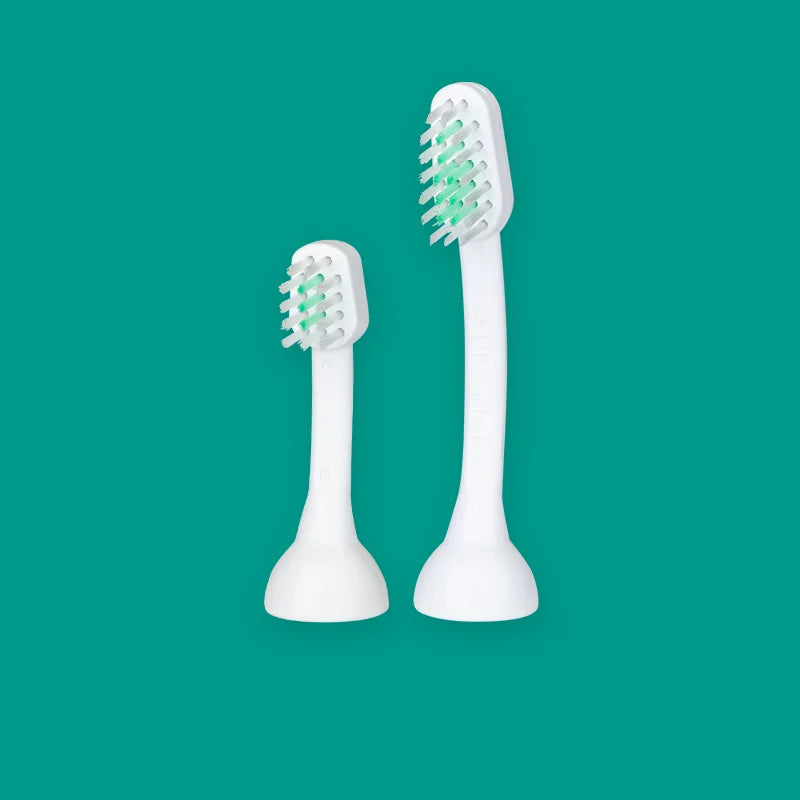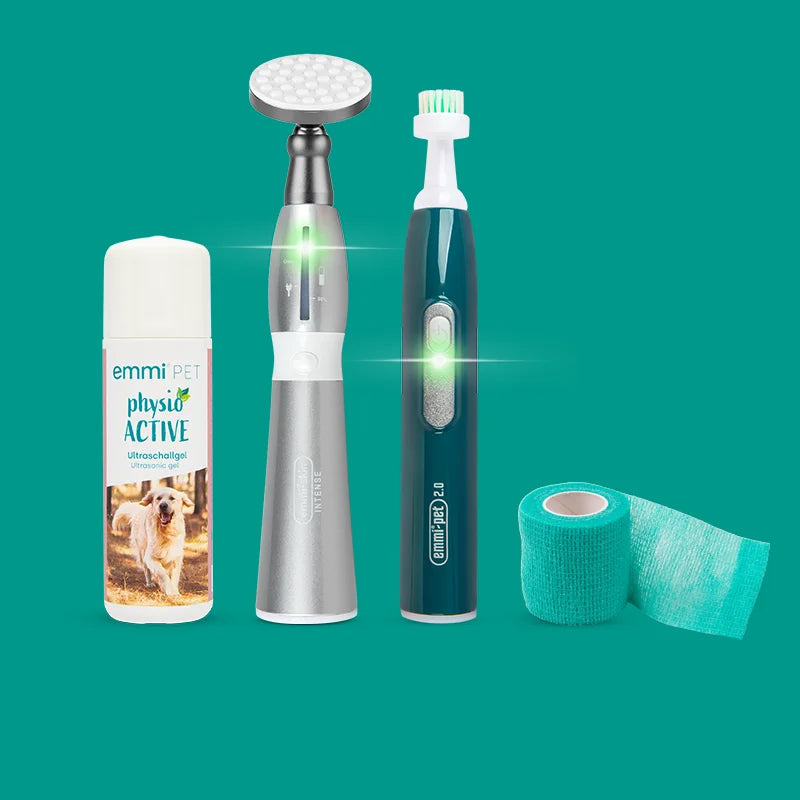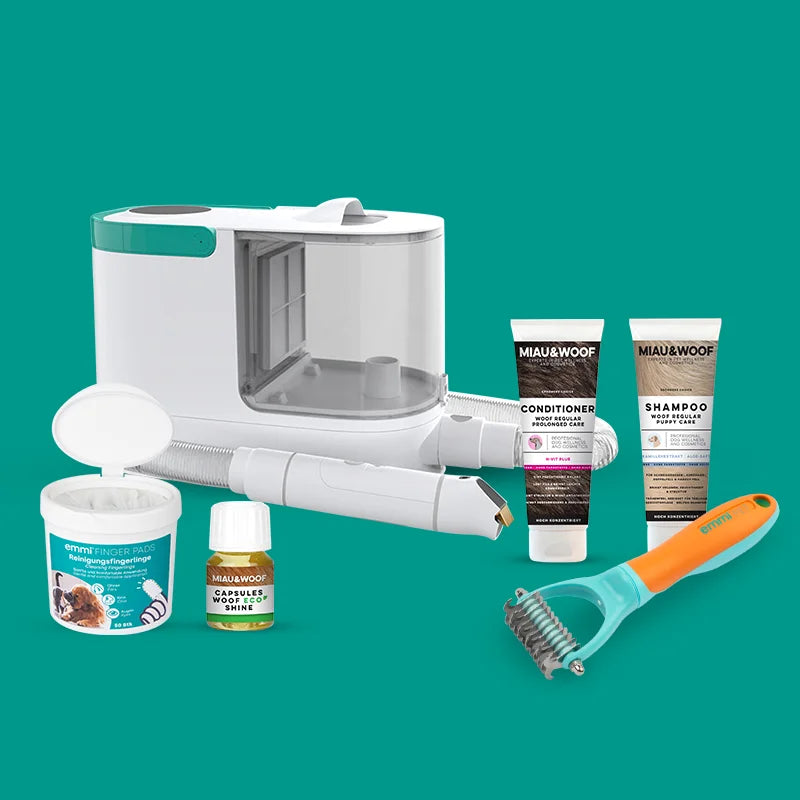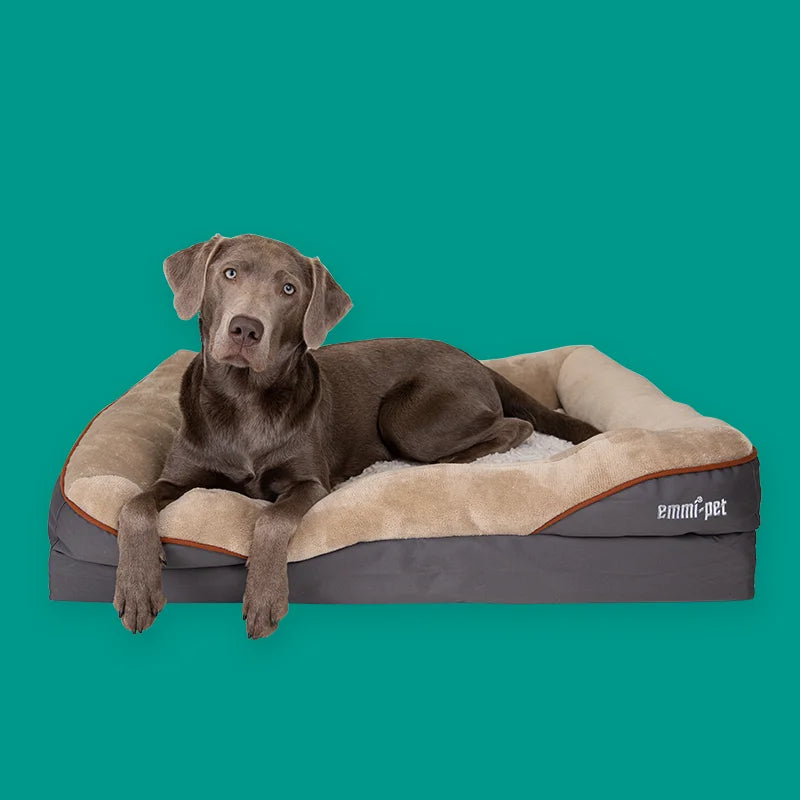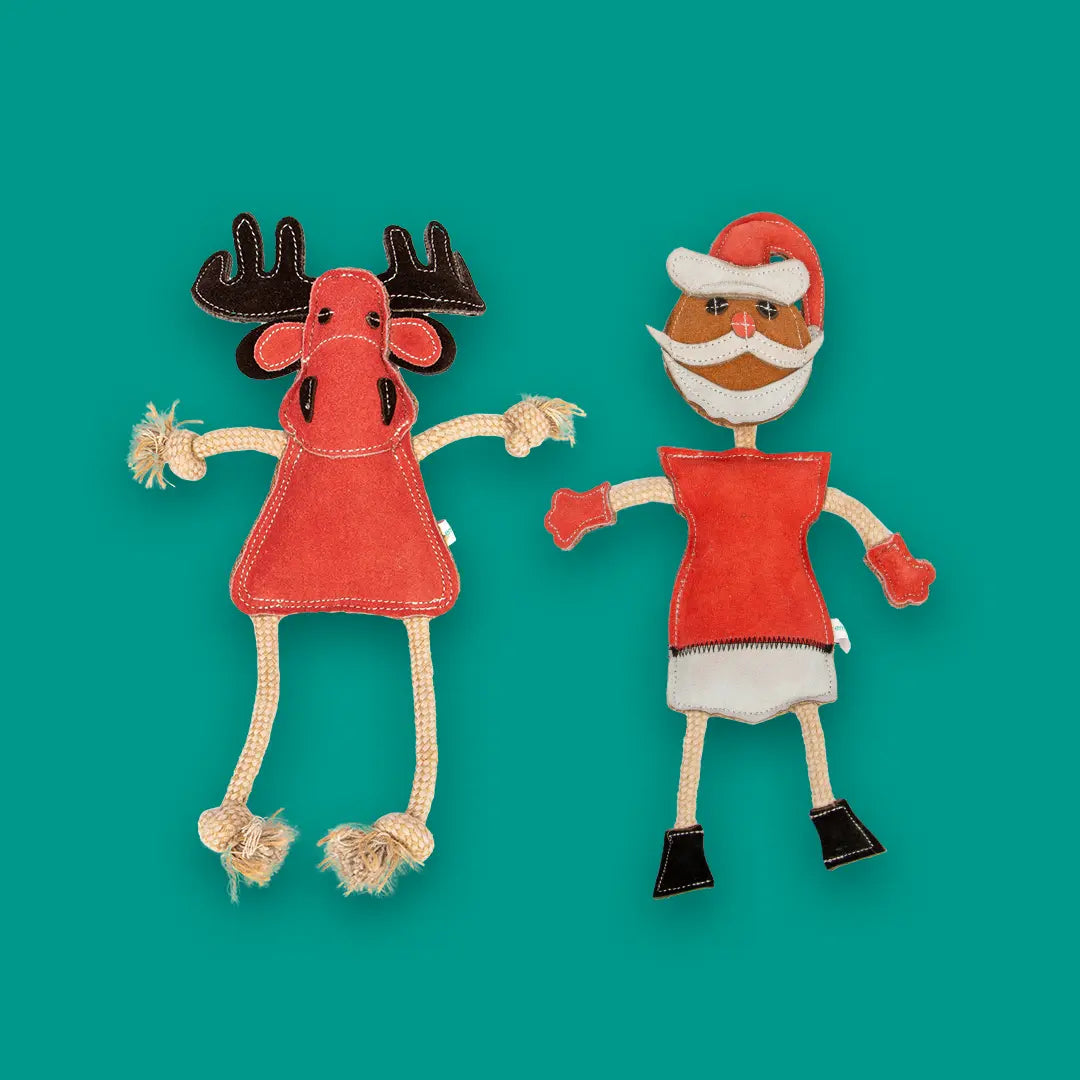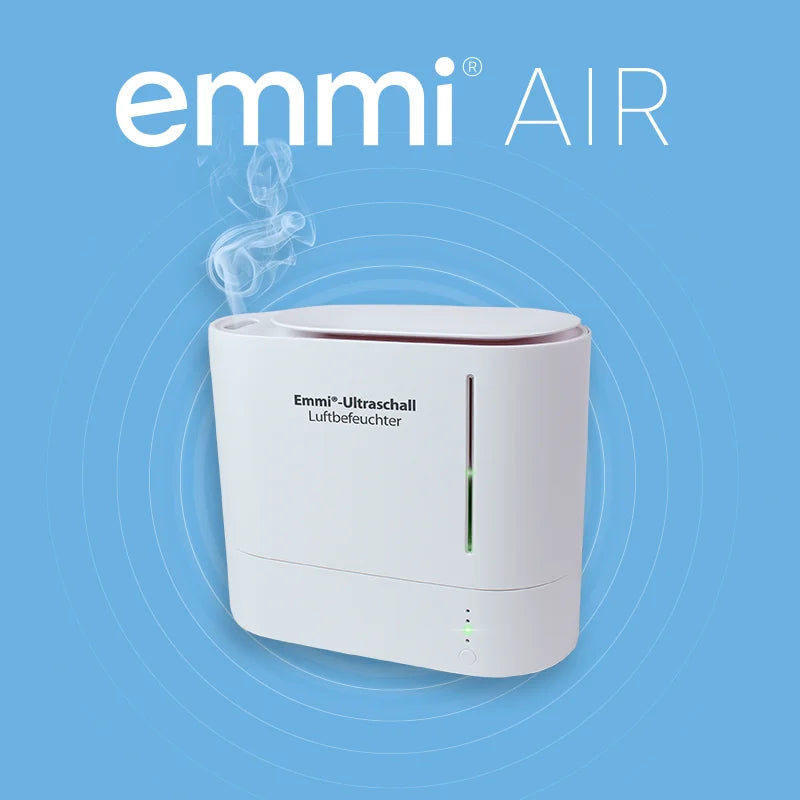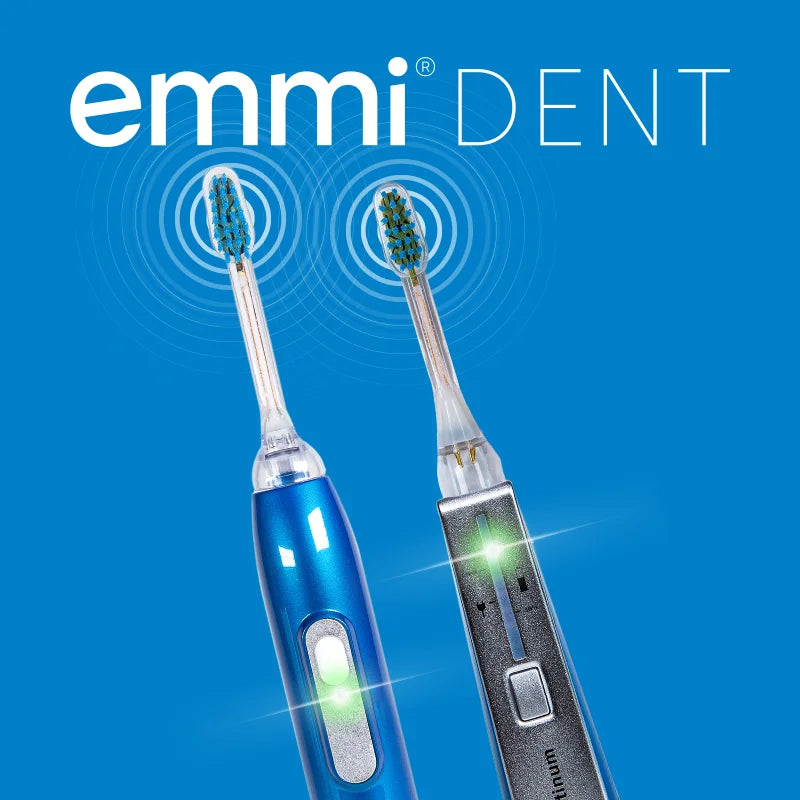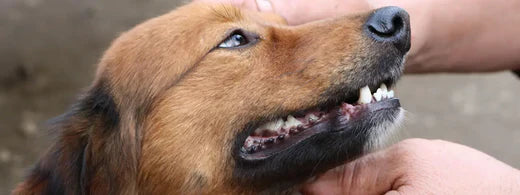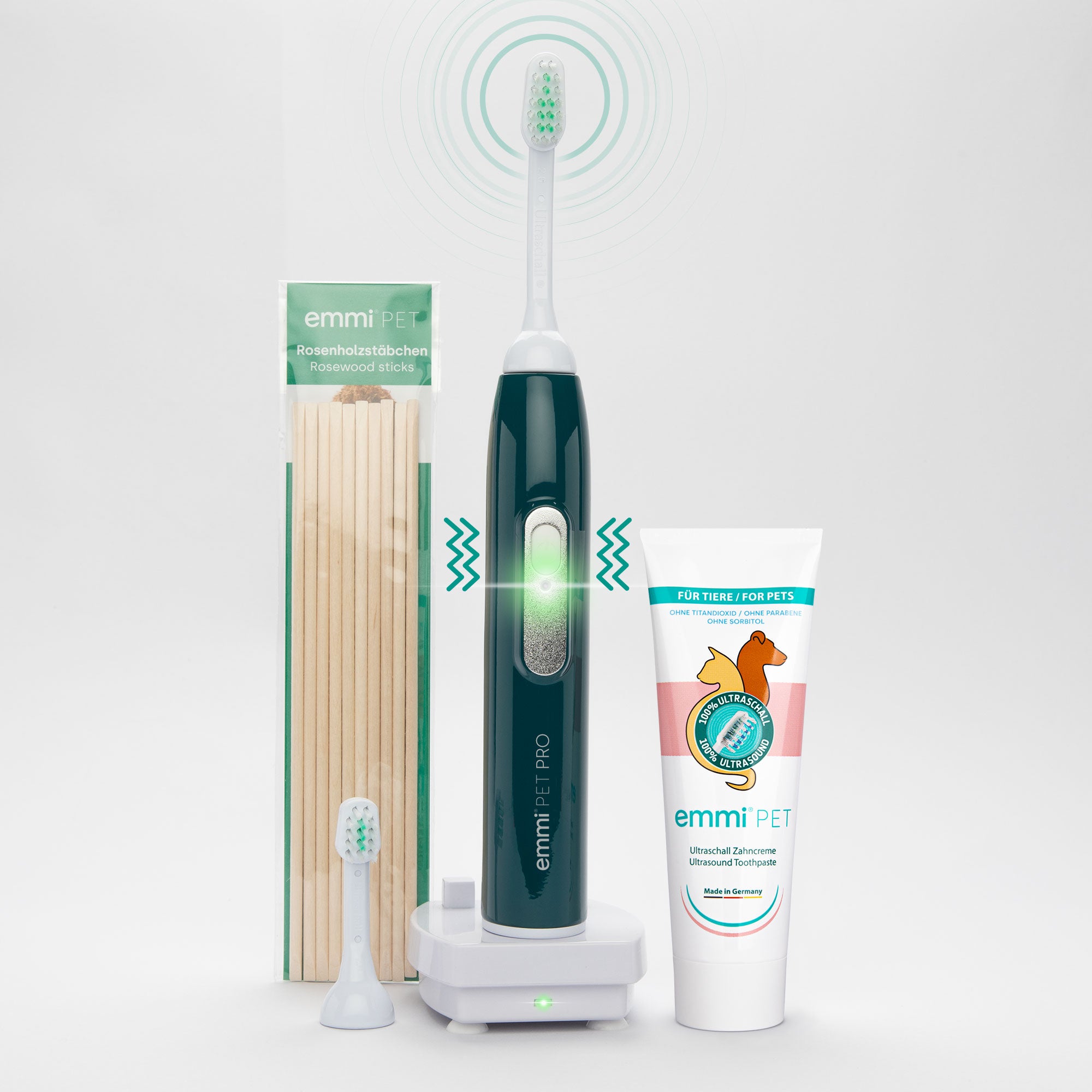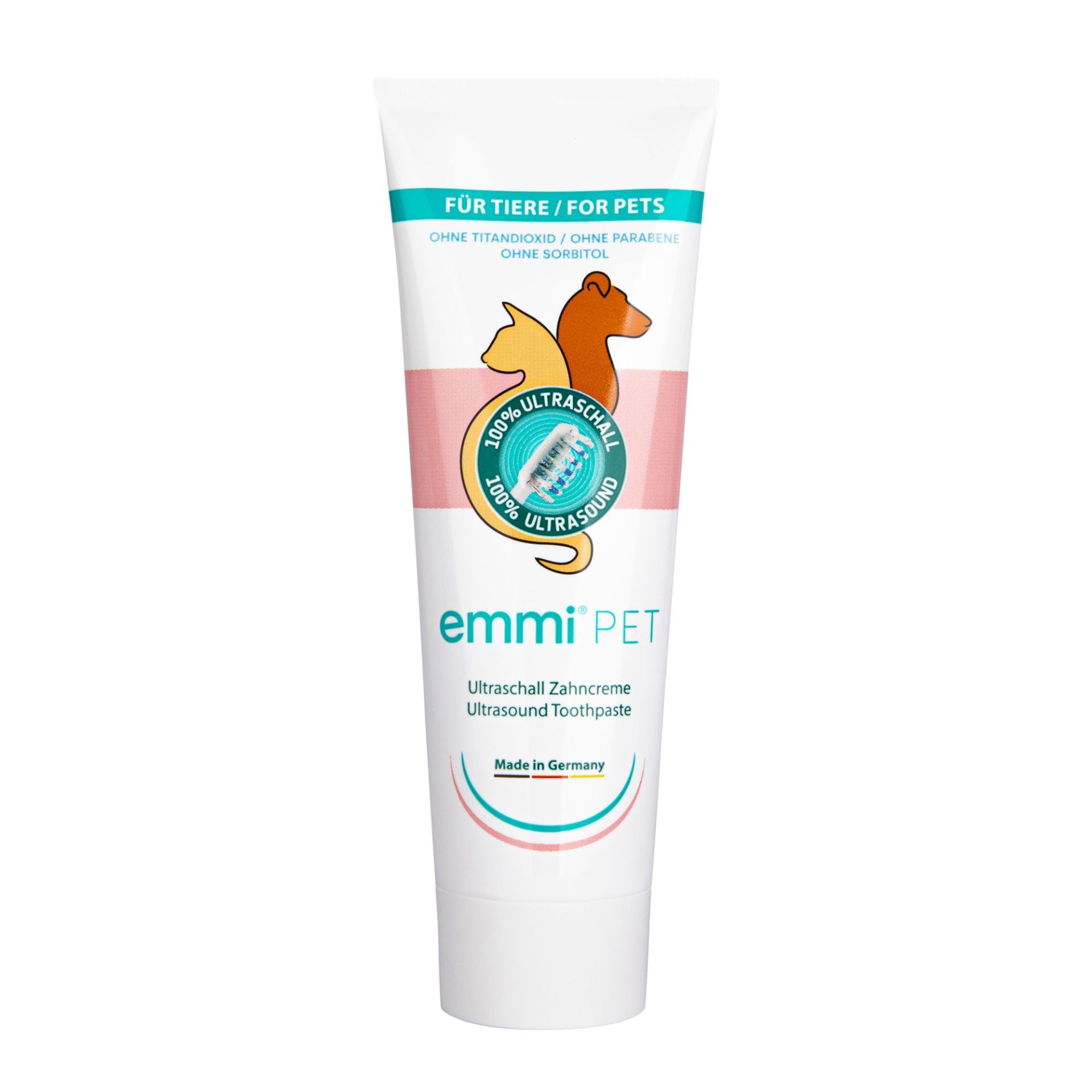Your dog normally has 42 teeth in his permanent dentition. To keep them as long as possible and use them pain-free, he will need some help with dental care. It's helpful to know a little about the anatomy of a dog's teeth. Only by understanding how a dog's tooth is structured can you understand where cavities, tartar, and gum disease can develop and be able to combat them specifically.
The structure of a dog's tooth
A dog's tooth is made up of four parts. The part of the tooth that protrudes above the gum is called the crown. Ideally, the crown should be surrounded by an outer layer of very hard enamel to protect the main component of the dog's tooth, the dentin. The dentin, or dental bone, consists of bone-like, calcified tissue that surrounds the interior of the tooth, the pulp cavity. The pulp contains the nerves and blood vessels that supply the dog's tooth. Because the dentin is crisscrossed by small, invisible canals containing the nerves and blood vessels leading from the pulp, the dentin is sensitive to pain. The lower part of the dog's tooth is called the root and anchors the tooth in the jaw. This is where the pulp cavity and the surrounding dentin lie, protected by the periodontal ligament. The root and crown are connected by the neck of the tooth, which in a healthy tooth is surrounded by tightly fitting gums.
What damage does plaque do to a dog’s teeth?
It doesn't sound so bad: "My dog has a bit of plaque on his teeth." But plaque is only the precursor to more serious dental problems. If the plaque on the dog's teeth isn't removed through natural chewing or brushing, the body deposits minerals in the plaque. Simple plaque turns into stubborn tartar. This is particularly the case at the neck of the tooth, where the growing tartar leads to irritation and inflammation of the gums. The gums become red and gradually detach from the tooth. Gum pockets form around the dog's teeth. This is when bacteria take over, which can multiply ideally in these pockets and lead to inflammation in the mouth. The gums are pushed further and further back, and the tooth root is exposed. The dentin in the area of the neck and root of the tooth has a rough surface, which makes it even easier for tartar to adhere there. Severe inflammatory processes are possible and lead to the destruction of the periodontal membrane and the degradation of the surrounding jawbone. The dog tooth loosens until in the end the only option left is to remove the wobbly candidate.
What can you do to save your dog's tooth?
Once inflammation has begun on the dog's teeth or gums, it's already too late. We therefore recommend tackling it in the early stages. How does it work? It's simple! Target plaque and tartar early. Your best weapon in this fight is the emmi®-pet ultrasonic toothbrush , which can effectively remove plaque and tartar from your dog's teeth.
Want to learn more about brushing your dog's teeth? In our blog post "How to Brush Your Dog's Teeth Properly – With a Dog Toothbrush," we've compiled a wealth of tips and tricks, from the correct technique to getting your dog used to the dog toothbrush.
You can also get even more information on dog dental hygiene by signing up for our newsletter . Sign up here and you'll always be up to date on all things related to your pet's dental care.

